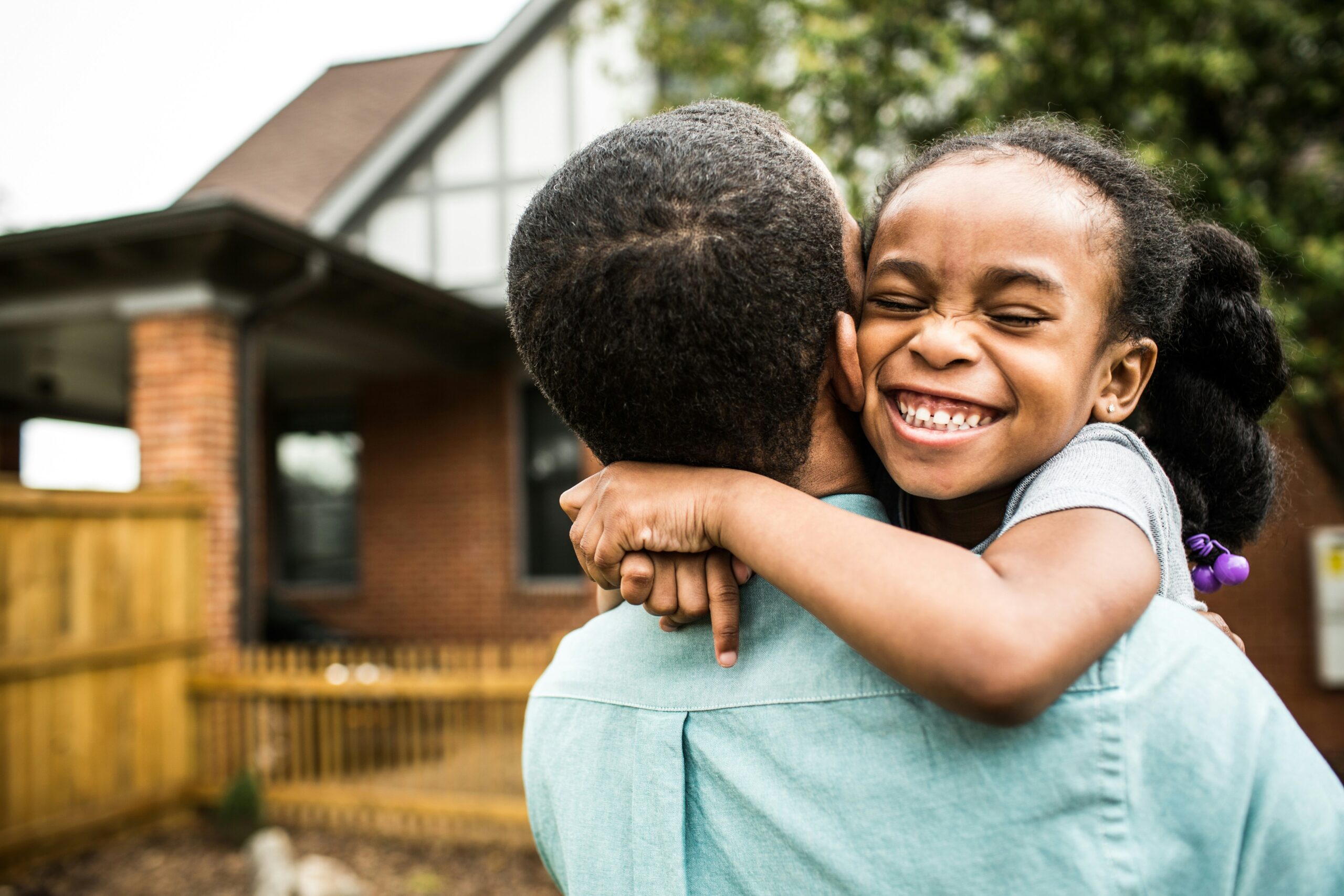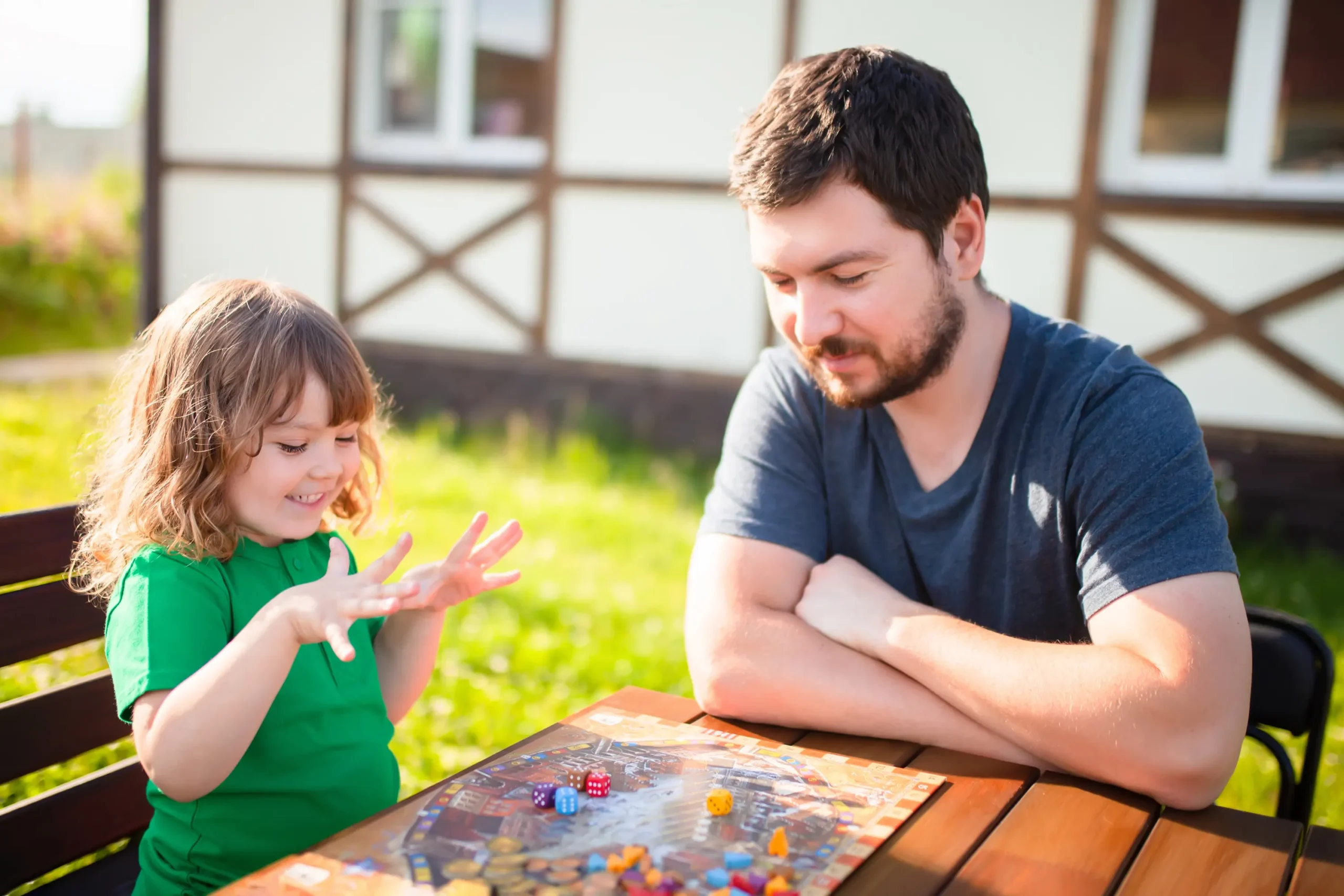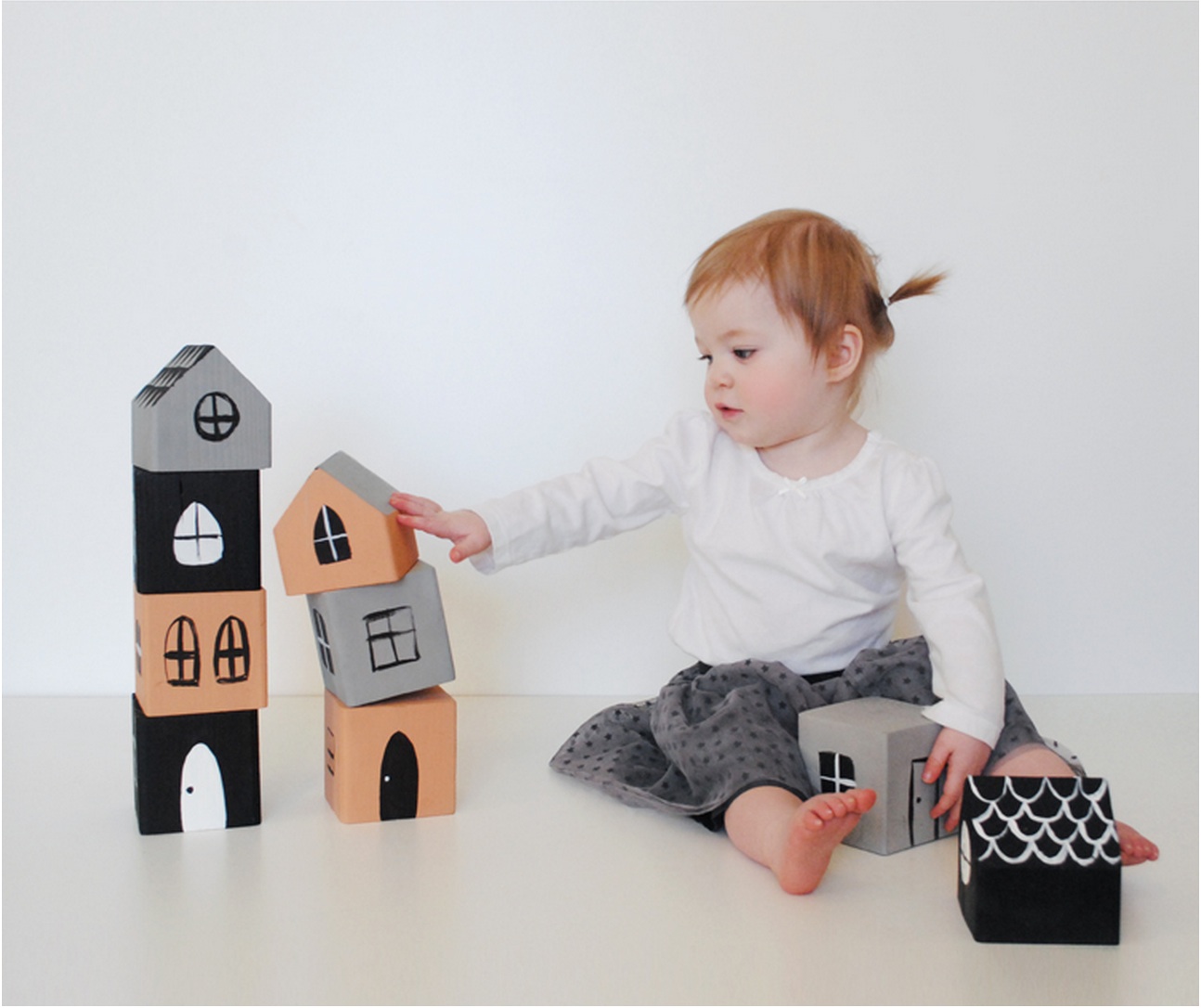
Teaching Your Kids About Gratitude: A Dad’s Perspective
Many parents worry their kids take things for granted. Psychological research shows gratitude can boost happiness. This article shares practical tips from a dad on teaching gratitude to children, making it fun and meaningful. Start reading!
Key Takeaways
- Encouraging kids to notice and appreciate the good in their lives can start with simple actions like sharing what they’re thankful for at dinner or writing it down in a gratitude journal. Making this a daily habit helps develop a deeper sense of happiness and contentment.
- Parents set the tone for gratitude by expressing thanks in everyday situations, teaching kids through their own actions. When children see their parents showing appreciation regularly, they are likely to mimic this behavior and understand its importance.
- Crafting thank you cards together is not only a fun activity but also teaches children the value of personalizing expressions of gratitude towards others. It allows them to reflect on why they’re thankful for someone and express it creatively.
- Volunteering as a family or donating to those less fortunate shows children the impact of giving back and helps them develop empathy. These experiences teach them about compassion while reinforcing the importance of being grateful for what they have.
- Promoting mutual respect, admiration, and healthy communication among siblings encourages an environment where gratitude thrives. By actively listening to each other and resolving conflicts respectfully, siblings learn valuable lessons in empathy and understanding.
The Importance of Teaching Gratitude
Teaching gratitude is crucial for children’s development. It helps them recognize blessings and models positive behavior for their future interactions.
Recognizing Blessings
Kids often miss seeing the good things they have in their lives, from simple joys to bigger comforts. Helping them identify these blessings fosters gratitude. Point out the everyday things, like a warm meal or time spent with family, highlighting how these are not guaranteed for everyone.
This opens their eyes to appreciate what they possess and develops humility.
Encouraging children to share something they’re thankful for each day can turn this awareness into a habit. A gratitude journal is a practical tool where they can note down blessings, big or small.
It teaches them to find joy in every situation and builds contentment, directly impacting their wellbeing positively. Through recognizing blessings regularly, children learn early that happiness doesn’t come from having more but appreciating what’s already there.
Modeling Gratitude
Parents play a crucial role in teaching kids about gratitude by setting an example. Actions often speak louder than words. Demonstrating thankfulness in everyday situations shows children the value of appreciating both big and small blessings.
Whether it’s expressing thanks for a meal or showing appreciation to someone who held the door, these actions shape their understanding of gratitude. Research supports this approach, revealing that grateful parents are more likely to have grateful kids.
Incorporating expressions of gratitude into daily life encourages children to adopt this behavior naturally. Praising them when they say “thank you” reinforces positive behavior and highlights the importance of acknowledging others’ kindnesses.
Sharing stories at dinner about what everyone is thankful for can turn into a meaningful routine that fosters a sense of contentment and recognition of good fortune in life. This practice aligns with findings that cultivating gratitude in young minds significantly boosts overall well-being and happiness, paving the way for healthier interpersonal relationships and personal growth as they mature.
Practical Ways to Instill Gratitude in Children
To instill gratitude in children, start small by asking questions that prompt them to reflect on what they are thankful for. Crafting thank you cards together can also help children express their appreciation.
Lastly, involving the family in donating to those in need can encourage a spirit of gratitude and generosity in children from an early age.
Starting Small and Asking Questions
Teaching gratitude begins with simple steps and engaging conversations. Small acts of kindness and thoughtful questions can lay the foundation for a lifelong appreciation of blessings.
- Make it a habit to express gratitude daily. Share something you are thankful for at dinner and ask your child to do the same. This practice encourages kids to notice and appreciate the good in their lives.
- Create a gratitude jar. Each family member writes down one thing they’re grateful for each day on a piece of paper and drops it into the jar. Once a week, take turns reading the notes aloud. This activity makes gratitude tangible and fun.
- Encourage saying thank you for everyday moments. Prompt your child to thank family members for small acts of kindness, reinforcing the importance of acknowledging others’ efforts.
- Ask reflective questions. Instead of telling children what they should be grateful for, ask them open-ended questions like “What made you happy today?” This helps children think about their experiences positively.
- Volunteer together as a family. Choose a local non – profit organization or food kitchen where you can donate time or resources together. This experience shows children the value of giving back and helps them develop compassion towards those less fortunate.
- Discuss stories of less fortunate individuals or families without over – emphasizing the negative aspects. Focus on how your family might be able to help or show kindness, fostering an attitude of empathy and awareness in your child.
- Practice crafting thank you cards together for gifts or kind gestures from others. This not only teaches children that expressing gratitude is important but also allows them to experience joy in making others feel appreciated through their creativity.
Crafting Thank You Cards
After introducing kids to the idea of being thankful through small questions, making thank you cards takes this sentiment to a more tangible level. This activity not only helps children express their gratitude but also allows them to recognize the contributions of others in their lives. Here’s how parents can guide their children in crafting meaningful thank you cards:
- Choose the right supplies: Gather colorful papers, markers, stickers, and anything else your child likes. This makes the process fun and engaging.
- Share examples: Show your child some simple card designs or phrases they can use. This sparks creativity and gives them a starting point.
- Discuss recipients: Talk about who deserves a thank you card. It could be a teacher, friend, or family member. This teaches kids to appreciate various relationships.
- Personalize messages: Encourage your child to think about why they are thankful for each person. Writing personalized messages adds depth and sincerity.
- Decorate with care: Let them get creative with decorations. The effort they put into decorating shows their appreciation visually.
- Practice handwriting: For older children, this can be an excellent opportunity to practice their handwriting, turning gratitude into a developmental task.
- Plan a delivery method: Decide whether you’ll mail the cards, hand them personally, or find another special way to deliver them. Planning the delivery turns anticipation into part of the joy.
- Reflect on feelings: After sending the cards, talk about how it made both your child and the recipient feel. This reinforces the positive impact of showing gratitude.
Donating as a Family
After expressing gratitude through crafting thank you cards, families can further foster a sense of appreciation by engaging in charitable activities together. Here are practical ways to instill the value of giving back as a family:
- Families can work together to donate time or resources, providing opportunities for children to witness the impact of their actions on others and recognize their ability to make a difference.
- Visiting local shelters or missions as a family can help children understand the reality of those less fortunate, fostering empathy and humility in them.
- Encouraging children to donate their own money or allowance allows them to experience firsthand the fulfillment that comes from helping those in need.
- Involving children in selecting items for donation helps them grasp the tangible impact of their contributions and develop a deeper understanding of gratitude.
Nurturing Sibling Gratitude
Encourage your children to express mutual respect and admiration for each other. Promote healthy communication by actively listening and acknowledging their siblings’ feelings.
Encouraging Mutual Respect and Admiration
Teaching your children the value of mutual respect and admiration between siblings is essential. By setting a positive example, speaking kindly about each other, and actively listening to one another, parents can instill these traits in their children.
Encouraging teamwork through collaborative activities and praising acts of kindness between siblings also fosters an environment of mutual respect.
Promoting healthy communication among siblings lays a strong foundation for them to understand each other’s perspectives and feelings. Practicing conflict resolution skills by allowing them to express themselves constructively helps cultivate empathy towards one another.
Promoting Healthy Communication
Encouraging mutual respect and admiration among siblings can pave the way for healthy communication. Using open-ended questions and active listening helps children express themselves, fostering understanding.
It’s essential to model empathy by validating their emotions, teaching them to communicate respectfully.
By refraining from interrupting or dismissing their feelings, parents foster an environment where children feel comfortable expressing themselves. Engaging in interactive activities like storytelling promotes effective communication skills and encourages a deep connection between siblings.
Incorporating gratitude into your family life can bring about meaningful changes in your children’s attitudes and behaviors. Sharing personal stories of gratitude and modeling thankfulness can have a profound impact on your kids’ perception of the world.
Encouraging acts of kindness, big or small, will not only instill gratitude but also foster compassion and empathy in your children. By nurturing gratitude within the family dynamic, you are preparing them to become kind, responsible individuals who understand the value of appreciation for all that they have and experience.
FAQs
1. How can I teach my kids to be humble and grateful?
You can teach your kids humility and gratitude by setting an example, sharing stories from scriptures or personal experiences, and encouraging them to appreciate what they have.
2. What role does faith play in teaching kids about gratitude?
Faith plays a significant role; for instance, using teachings about God the Father as examples can guide children toward understanding the importance of being thankful for their blessings.
3. How can I make sure advertisements don’t affect my child’s sense of gratitude?
As a dad, you can discuss with your children how advertisers work to create desires for things that may not be necessary. Encouraging critical thinking helps them remain grateful for what they already possess.
4. Can learning about social workers’ experiences help my child understand gratitude better?
Yes! Learning about social workers and their roles in helping others can teach your children to appreciate their own circumstances more deeply and inspire feelings of gratitude towards what they have and who they are in society




